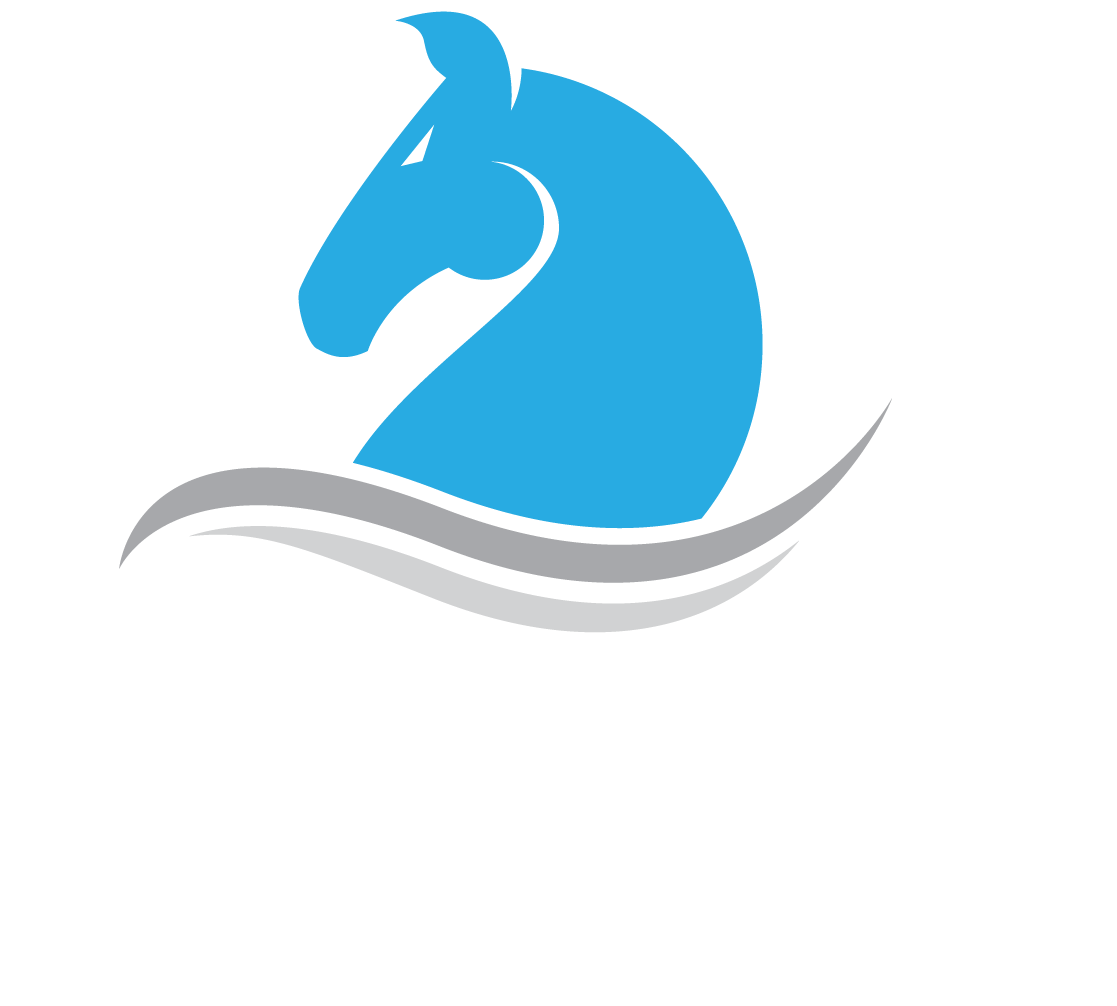Building Your Dream Studio on a Shoestring Budget: A Startup's Guide
Starting a multimedia company on a tight budget may seem challenging, but with a strategic approach and a dash of creativity, you can turn your dream studio into a reality. In this blog post, we'll guide you through the process of creating a multimedia dream studio for your startup while keeping costs at a minimum.
Define Your Needs:
Begin by clearly outlining your multimedia requirements. Identify the essential tools and equipment you need to produce your content. Prioritize your needs to ensure you invest in the most critical components first.
Scout for Affordable Equipment:
You don't need top-of-the-line equipment to get started. Look for affordable alternatives without compromising quality. Consider purchasing second-hand equipment or exploring budget-friendly brands. Online marketplaces and auctions can be goldmines for finding cost-effective multimedia gear.
DIY Solutions:
Get creative with do-it-yourself solutions. From soundproofing your studio space to building custom equipment racks, DIY projects can save you a significant amount of money. Numerous online tutorials and communities can guide you through the process of creating professional setups on a budget.
Optimize Your Space:
Make the most of the space you have. Utilize every nook and cranny efficiently. Consider multifunctional furniture and storage solutions to keep your studio organized and clutter-free.
Free and Open Source Software:
Explore the world of free and open-source software (FOSS) to power your multimedia studio. From video editing to graphic design, there are excellent FOSS alternatives that can rival expensive proprietary software. Examples include Blender for 3D modeling and animation, GIMP for image editing, and Audacity for audio editing.
Collaborate and Network:
Build partnerships and collaborations with other startups or freelancers. Sharing resources and splitting costs can help everyone involved. Look for local or online communities where you can connect with like-minded individuals who may have equipment or expertise you can benefit from.
Invest in Training:
Knowledge is power. Invest time in learning the ins and outs of the software and equipment you use. Many platforms offer free or affordable online courses, helping you make the most of your tools and maximize your creative potential.
Freelance Talent:
Instead of hiring full-time staff, consider working with freelancers when needed. This allows you to access specialized skills without the burden of a fixed payroll. Platforms like Upwork and Fiverr are great places to find freelance talent.
Prioritize Upgrades:
As your startup grows, allocate funds for strategic upgrades. Instead of replacing everything at once, focus on upgrading one piece of equipment or software at a time. This gradual approach allows you to stay current without breaking the bank.
Stay Flexible:
Lastly, stay flexible and adapt to the evolving needs of your startup. Your dream studio is a work in progress, and as your budget allows, you can continue to enhance and expand your multimedia capabilities.
Conclusion:
Building a multimedia dream studio on a low budget requires resourcefulness and strategic planning. By prioritizing your needs, exploring cost-effective options, and leveraging collaborative opportunities, you can create a professional studio that sets the stage for your startup's success. Remember, it's not about the size of your budget but the creativity and determination you bring to the process. Good luck on your multimedia journey!

